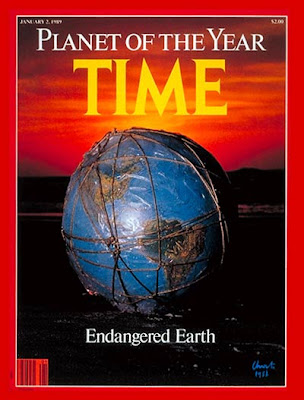Something else also happened a generation ago that tossed-and-turned the cultural life of the Aughts in ways we have yet to sort out. Reaganomics, the trickle-down fairy tale that says economic growth is most effectively created by dismantling corporate regulation and slashing top tax-brackets, began a massive, upward redistribution of wealth. It went into hyper-drive in the new millennium. The once-secure American middle class got shredded, while the richest got the gated precincts of a new Gilded Age.
The last time that happened, late in the 19th century, extravagant displays of New World wealth included amassing great collections of Old World art and artifacts. Now, with most of that art long-since spoken for (and transferred into museums), the super-rich angle for what's left: Modern and, since those gems are mostly gone, contemporary art.
There's nothing wrong with a robust art market. Rather, market gigantism is what's dysfunctional, pushing everything else aside. In 2007, Damien Hirst's tacky, diamond-encrusted platinum skull, with its phony-baloney $100-million price tag reportedly paid by a consortium of investors that included the artist, became its farcical symbol.
hat tip: Hyperallergic











